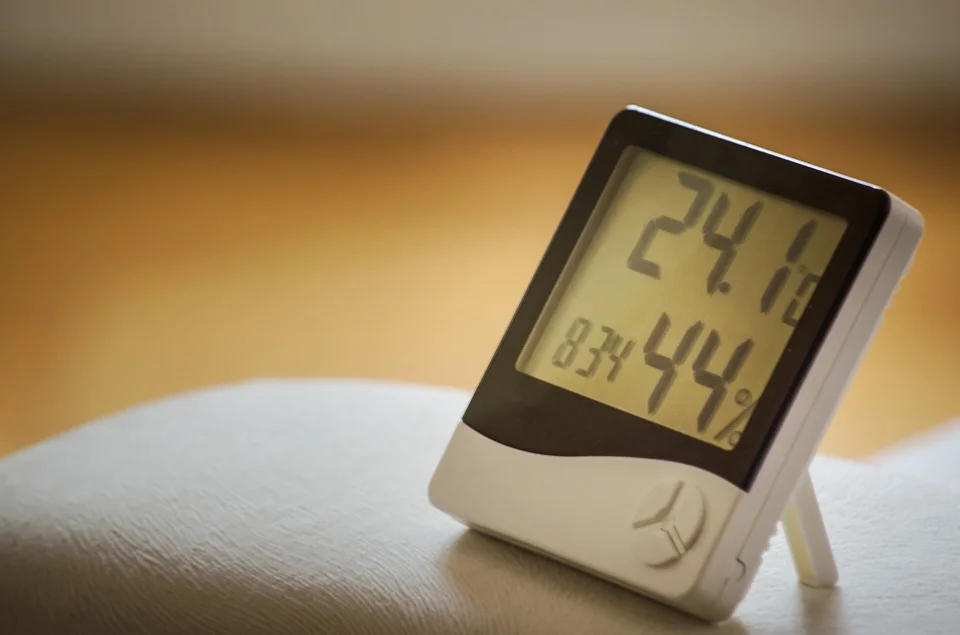Winter has ended, and spring is happy to be here. With warm weather, though, comes humidity, and humidity is not the friend of hardwood floors. Whether you have recently splurged on hardwood floors or have beautiful old hardwood, you want to protect it and keep it in good condition. Wood is naturally porous, and when there is too much moisture in the air, wood will absorb this, causing the wood to expand. When the humidity goes down, which can happen quite quickly in Canada where the weather fluctuates between extremes, moisture escapes the wood. When moisture is absorbed by and then leaches out of wood, it can cause it to warp. Some things can be done to avoid this so that your hardwood floors look brand new for the entirety of their life.
The Ten Percent Margin
When floors warp because of humidity, it is because they undergo huge fluctuations in humidity levels, especially over a short period. 45% humidity to 55% humidity is the best possible range for wood floors to stay between, any fluctuations that happen between these two points is safe. That is not to say that wood floors cannot survive humidity levels dipping below or going above that point. The real issue is to keep humidity from jumping around quickly. It is best, though, to keep humidity within the magic range of 45% and 55%.
Kitchens, Bathrooms, & Basements
Your house may already have hardwood in the kitchen, the bathroom, or the basement. If it does, then there is no reason to rip it out and install tile or laminate. If you are going to be doing renovations, however, it is best to install tile and laminate in these areas. These places, especially the bathroom, are predisposed to have high humidity levels. They also experience fluctuations in humidity. Considering these factors, it is best to use flooring that is not hardwood. Spills and flooding are also more common in the kitchen, bathroom, and basement, which can cause warping and damage to a hardwood floor. It takes very little time for water to damage wood floors; if it does, they may never be returned to their original condition.
Seasonal Changes
In the summer, you have to look out to see if your flooring is bulging. A little bit of bulging is fine, but too much can cause permanent damage, and if it appears to be bulging a lot, then humidity needs to be taken out of the air; and fast. In the winter, there may be gaps between planks on your hardwood. This is typical, and it is not a precursor to damage as long as it is minimal. Larger gaps between floorboards are not normal. If they are present or there are cracked bits of wood and bending, then you have humidity damage. If this is the case your hardwood needs to be fixed or replaced with another product.
Keeping Humidity Out
To keep your hardwood healthy you need to keep humidity out of your house. In the summer, the best way to do this is with air conditioning. You also should reconsider turning off your air conditioner when you leave if the humidity levels outside are extremely high. Dehumidifiers also help and in the winter you can use a humidifier to keep your floor from experiencing too many gaps.
